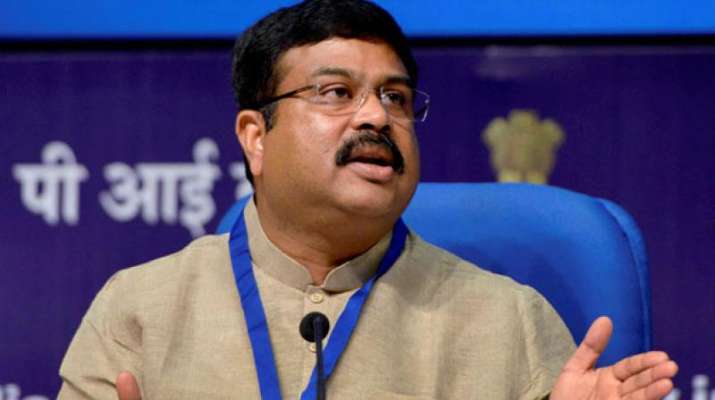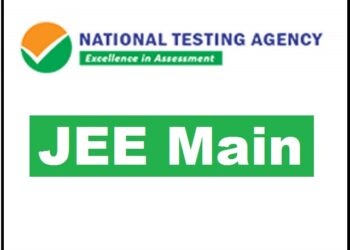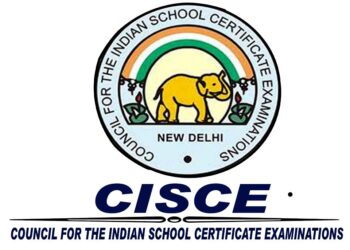The National Education Policy, 2020 (NEP 2020) has been finalised after detailed consultation process with all stakeholders including State/UT Governments, followed by the approval of Union Cabinet. Implementation of the spirit and intent of the Policy is the most critical matter. Comprehensiveness in implementation will be key; as this Policy is interconnected and holistic, which ensure that the desired objectives are achieved. Since education is a concurrent subject, it needs careful planning, joint monitoring, and collaborative implementation between the Centre and States. Accordingly, Ministry has written to all its implementing agencies, regulatory bodies, State/UT Governments, other stakeholder Ministries/Departments, etc for taking steps for implementation of NEP 2020.
National Education Policy 2020 proposes various measures to improve Gross Enrollment Ratio at all levels of education such as providing universal access and opportunity to all children, effective and sufficient infrastructure, safe conveyances and hostels, especially for the girl children, children who are dropping out of school are brought back into mainstream education, enhancing access by establishing more high-quality HEIs in aspirational districts, integration of vocational Education with School and Higher Education, Scholarship / Fellowships for SEDGs/Girls/Divyangs, etc. In the Policy, targets have been set to achieve 100% Gross Enrolment Ratio in preschool to secondary level by 2030 and 50% in higher education by 2035.
Improving the quality of education across all levels from primary to university level is a continuous and ongoing process. The policy provides different timelines as well as principles and methodology for its implementation. A series of workshops/VCs have been held with States/UTs to discuss innovative ideas for NEP implementation. States/UT Governments have also started taking initiatives towards implementation of NEP 2020.
Roles of Government of India and State / UT Governments have been clearly indicated in the NEP 2020 such as overall monitoring and policymaking for continual improvement of the public education system; educational operations and service provision for the public schooling system; effective quality self-regulation or accreditation system for all stages of education; setting up of State School Standards Authority (SSSA); transparent public self-disclosure of all the basic regulatory information; setting up of large, multidisciplinary universities and colleges, with at least one in or near every district; faculty and institutional autonomy; establishment of National Research Foundation; governance of HEIs by high qualified independent boards; “light but tight” regulation by a single regulator for higher education; scholarships to disadvantaged and underprivileged students; online education, and Open Distance Learning (ODL); and infrastructure and learning materials, etc. NEP 2020 proposes to have multiple mechanisms with checks and balances for different aspects of education sector. The policy unequivocally endorses and envisions a substantial increase in public investment in education by both the Central government and all State Governments. The Centre and the States will work together to increase the public investment in Education sector to reach 6% of GDP at the earliest.
NEP 2020 aims to ensure that no child loses any opportunity to learn and excel because of the circumstances of birth or background. It proposes special emphasis to be given on Socially and Economically Disadvantaged Groups (SEDGs). Details of equitable and inclusive education are given in Chapters 6 and 14 of NEP 2020.
The information was given by the Union Minister of Education, Shri Dharmendra Pradhan in a written reply in the Lok Sabha today.
Source:PIB







 Finance
Finance






